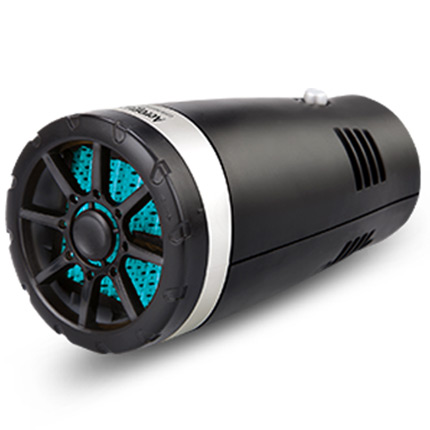Understanding Cable-Operated Throttle Pedal Mechanisms and Their Applications in Vehicles
Understanding Cable Throttle Pedals Functionality and Advantages
In modern automotive engineering, the throttle pedal plays a crucial role in controlling a vehicle's speed and performance. Among various types of throttle mechanisms, the cable throttle pedal remains a popular choice, especially in older vehicles and some current models. This article delves into the workings of cable throttle pedals, their advantages, and their implications for driving dynamics.
A cable throttle pedal operates using a simple mechanical system. When the driver presses the pedal, a cable connected to the throttle body opens or closes the throttle plate, regulating the air-fuel mixture entering the engine. This direct link provides a straightforward, tactile response that many driving enthusiasts appreciate. Unlike electronic throttle control (ETC) systems, which rely on sensors and actuators, a cable throttle mechanism produces an immediate physical reaction to the driver’s input. This characteristic appeals to drivers who seek a more visceral connection with their vehicles.
One of the significant advantages of cable throttle pedals is their reliability. The mechanical nature of this system means there are fewer electronic components that could fail. In scenarios where electronic systems can suffer from malfunctions due to software issues or electrical failures, a cable throttle pedal can be more dependable. Moreover, maintenance is relatively straightforward. In the event of wear or damage, replacing a cable is often simpler and less expensive compared to addressing electronic throttle control systems.
cable throttle pedal

In addition to reliability, cable throttle pedals offer an intuitive driving experience. Many drivers feel a stronger sense of control while using a cable system, as the physical link between the pedal and the throttle allows for a more predictable response. This can be particularly important in performance driving situations, where instant throttle response is crucial. Drivers can modulate their power output much more precisely, leading to improved handling and performance.
However, wireless technologies such as electronic throttle control have been gaining popularity due to their advantages in fuel economy and emissions reduction. ETC systems can optimize throttle response based on real-time data, enhancing the efficiency of modern engines. This is part of why newer vehicles predominantly feature electronic throttle pedals, as they can adapt to conditions and demands more effectively.
Despite the growing trend toward electronic systems, cable throttle pedals still hold a place in specific markets, including classic cars, some off-road vehicles, and certain performance-oriented models. Enthusiasts often seek out these traditional systems for the authentic driving experience they provide, viewing them as a return to simpler, more engaging automotive engineering.
In conclusion, cable throttle pedals represent a straightforward yet effective throttle control mechanism. Their reliability, direct mechanical response, and intuitive feel offer distinct advantages that appeal to many drivers. As the automotive landscape continues to evolve with advanced technologies, cable throttle pedals maintain a respected legacy, cherished by those who appreciate the tactile connection between driver and machine. Whether in classic cars or select modern models, the cable throttle pedal remains an embodiment of driving purity.
-
The Right Handbrake Cable for Your VehicleNewsApr.09,2025
-
The Right Clutch Lines for Smooth PerformanceNewsApr.09,2025
-
How to Choose the Right Cables at the Best PriceNewsApr.09,2025
-
How to Choose and Maintain Gear Cables for Smooth ShiftingNewsApr.09,2025
-
Choosing the Right Throttle Cables for Smooth and Reliable PerformanceNewsApr.09,2025
-
Choosing the Right Control Cables for Your VehicleNewsApr.09,2025
